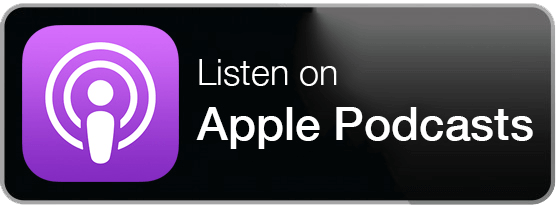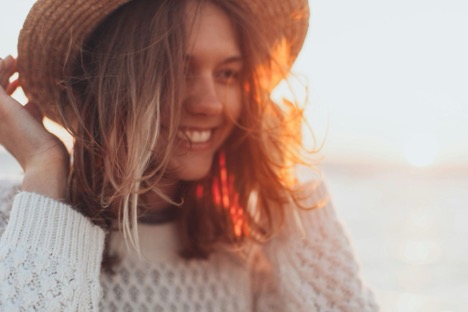A personal room to relieve themselves was not the reality for our ancestors. And we are not talking about thousands of years ago. Private restrooms are no more than 150 years old. Before that, bathrooms were communal and sometimes even dangerous.
The story of the toilet is not only a tale of technological advancement; it’s a fascinating journey through time reflecting the evolution of civilisations, public health, and social norms. It reflects our progress as humans, our improved understanding of hygiene, and our constant pursuit of convenience and dignity.
As we flush back the pages of history, let’s dive into the transformative tale of one of the most underappreciated yet vital inventions in record: the toilet.
Today’s Focus of Attention is reader-supported. We sometimes include products we think are useful for our readers. If you buy through links on this page, we may earn a small commission.
What is a Toilet?

A toilet is a piece of sanitary hardware that collects human urine and faeces, and it comes in two main types: flush and non-flush.
A flush toilet relies on gravity to release water from its tank into the bowl, forcing the contents into the drain.
Non-flush or dry toilets are not connected to a sewer system. Examples include composting, waterless, and electric incinerating units, which are ideal for arid regions or off-grid locations.
In urban settings, flush toilets connect to underground conduits that lead to septic tanks in isolated areas. The waste is called blackwater, and the combined effluent, including other sources, is sewage.
New technologies include different flushing options, seat warming, self-cleaning features, female urinals, and waterless bowls. Modern WCs are often made from ceramic (porcelain) or plastic, a significant evolution from earlier designs.
Now that we’ve seen the modern incarnation of toilets, let’s turn back the clock to explore their origins.
Sanitary Chronicles: The Ancient World’s Toilet Tales

Sanitation, as a health issue, has been a priority since the initial stages of human settlement.
The first clay pipes, sewers, and proto-toilets saw the light in Mesopotamia circa 3200 BC, with Uruk showing the earliest internal pig toilet. Another example is the Neolithic village of Skara Brae in Orkney, Scotland, where archaeologists have found small rooms connected to a communal drain from 3000 BC.
In northwestern India and Pakistan, excavations have identified the world’s first known urban sanitation systems, showing receptacles built into the outer walls of homes with vertical chutes for waste disposal.
In Minoan Crete, Egypt, and Persia, pooping facilities appeared around the 18th century BC. And in West Asia, the earliest latrine was located in southern Vietnam, dating back to 1500 BC.
In Western Europe, thanks to aqueducts, Roman public bathhouses had latrines with flowing water connected to open sewers.

By the way, one of those ancient waterways still works: the 19 BC Virgo Aqueduct, which fills the Fontana di Trevi in Rome.

Privies and Progress: Europe’s Path to Sanitation

In the early modern era, people used chamber pots for picking up waste from the gutters near homes, as it was customary to throw their faeces out in the streets.
Around the 16th century, engineers built cesspits and cesspools to collect excrements due to the increasing population and blocked curb channels. There, tradesmen, known as gong farmers, extracted solid and liquid waste, called night soil, which was then sold as fertiliser for agricultural production.
Using cesspools and latrines meant a significant breakthrough in European urban sanitation.
In castles, garderobes (simple holes discharging excreta into a cesspit outside) were the toilets people used, but the industrial era replaced them with privy middens.
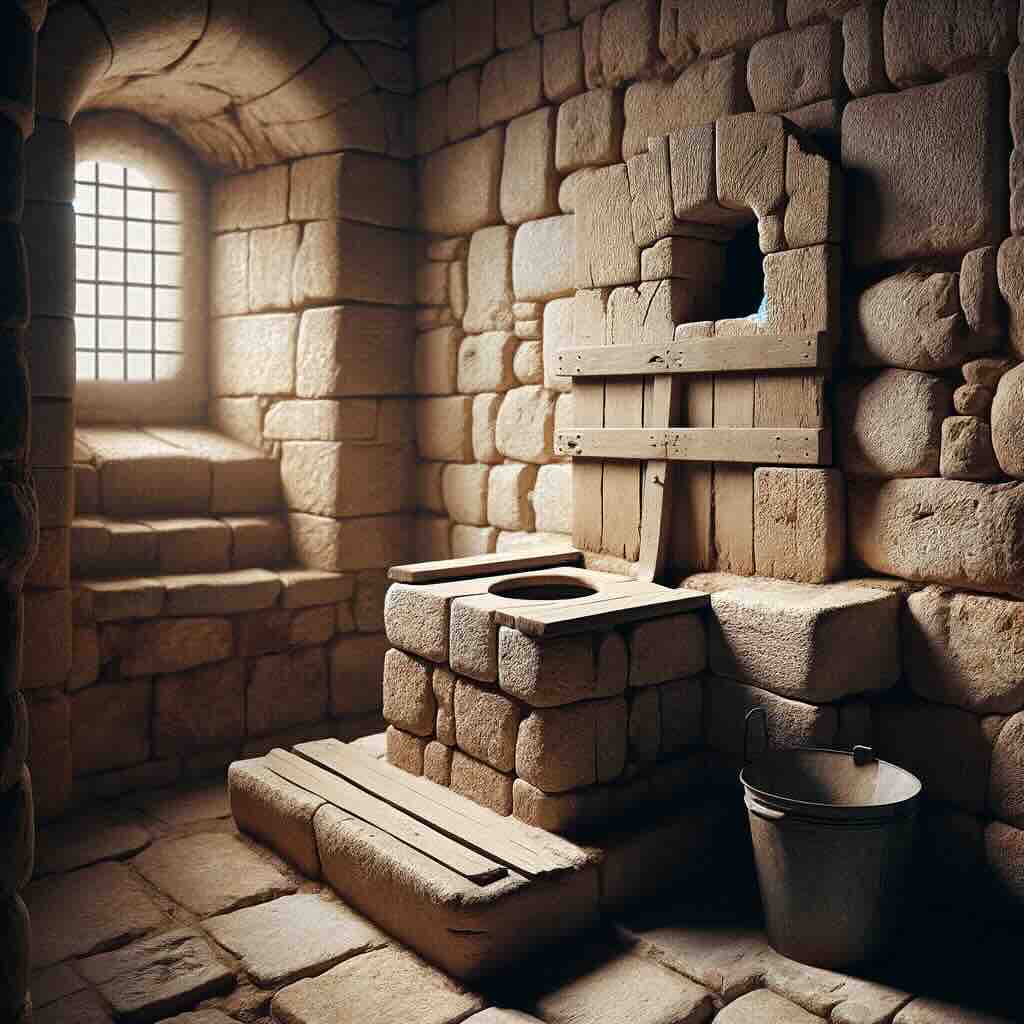

These early strides in managing waste and improving public hygiene, as primitive as they might seem, laid the groundwork for the revolutionary advancements that were on the horizon.
Interesting Fact
Once in a while, brave knights would conduct sneak attacks by entering the castle via the shaft connected to the garderobe.
Throughout history, famous figures were stabbed from below while defecating, such as King Edmund II of England (1016), Jaromir Duke of Bohemia (1035), Godfrey IV Duke of Lower Lorraine (1076), Wenceslaus III of Bohemia (1306), and Uesugi Kenshin (1578).
Flush with Health: The Sanitary Transformation
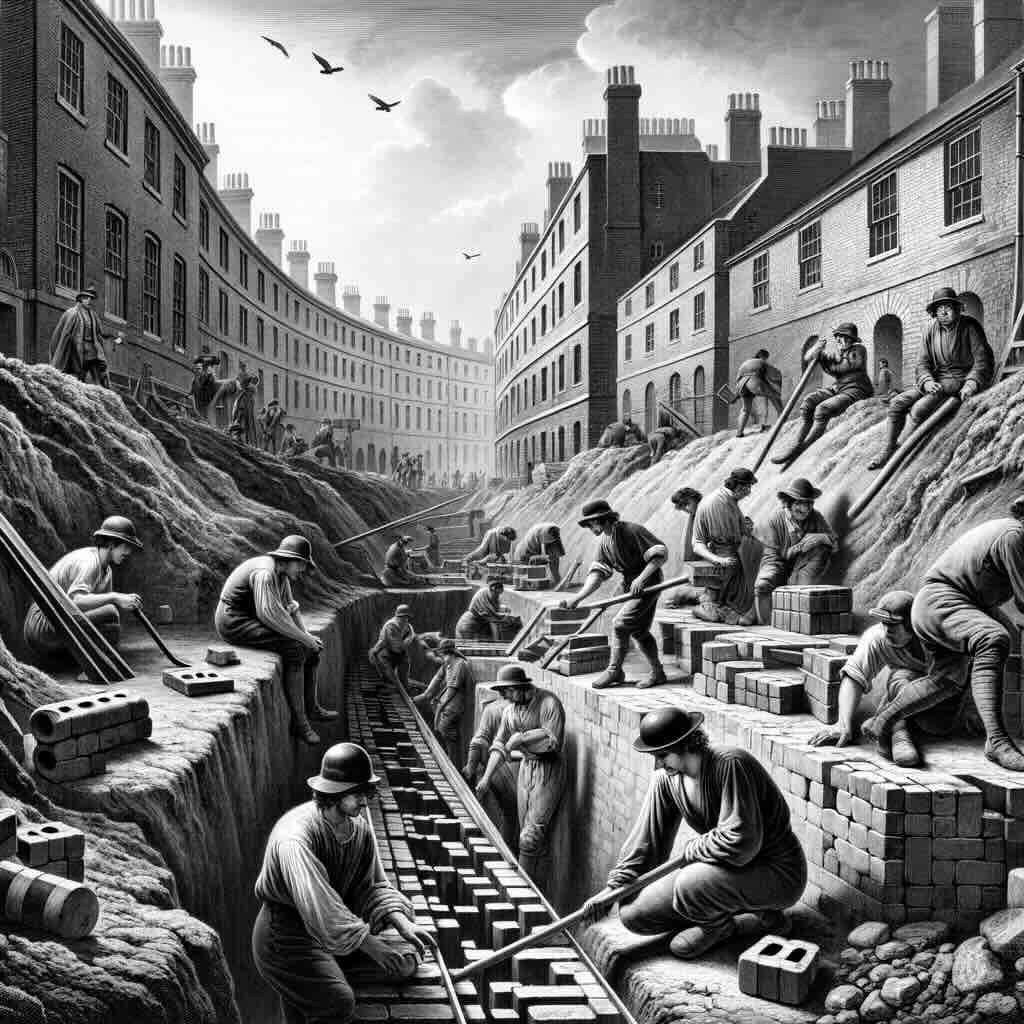
Sanitation became an urgent matter in European cities as the growing population and the lack of proper waste management systems had transformed European urban areas into septic tanks. But it took decades for public officials and hygiene experts to find the right solution.
Prior to this revolution, the streets of Europe were riddled with excrement, a breeding ground for disease and a source of constant discomfort.
The lack of proper infrastructure and sanitation facilities posed severe health risks, as evidenced by the frequent outbreaks of deadly diseases, including cholera and typhoid.
The construction of underground sewage systems and the adoption of flush toilets brought about a dramatic shift. Suddenly, the once-foul streets began to clear, and the pervasive stench that hung over cities dissipated.
This was a public health triumph. The incidence of waterborne diseases plummeted, and life expectancy rose as living conditions improved.
A poignant quote that captures the essence of this revolution is attributed to Joseph Bazalgette, the engineer behind London’s sewer network:
“Weary of the stench and despair of unchecked filth, we forged pipes like arteries beneath the city’s skin and breathed life into our streets. Where once disease was rampant, now flows the lifeblood of progress.”
It highlights how a mundane aspect of urban infrastructure – the toilet and the sewer system – played a vital role in shaping the present world.
“I think toilets are more important than temples. No matter how many temples we go to, we are not going to get salvation. We need to give priority to toilets and cleanliness.”
Jairam Ramesh – Indian politician
Water Closets: The Birth of the Modern Toilet
The transition from basic sanitation structures to contemporary thrones is a story marked by key inventions and innovations that revolutionised human waste management and hygiene.
1596
Sir John Harington, an English courtier, devised one of the first prototypes of a flush toilet, known as the Ajax. His design included a valve at the bottom of the cistern to hold water and a mechanism to release it for flushing.
While Harington installed a working model for Queen Elizabeth I, his invention did not gain widespread adoption at the time due to the limitations in water supply and sewer systems.
1775
Scottish watchmaker Alexander Cumming’s significant contribution came in the form of the S-trap, an innovation in design. He bent the pipe into an S-shape and used a standing water seal to prevent foul odours from rising through the toilet.
Cumming’s model is still a fundamental part of modern toilets.
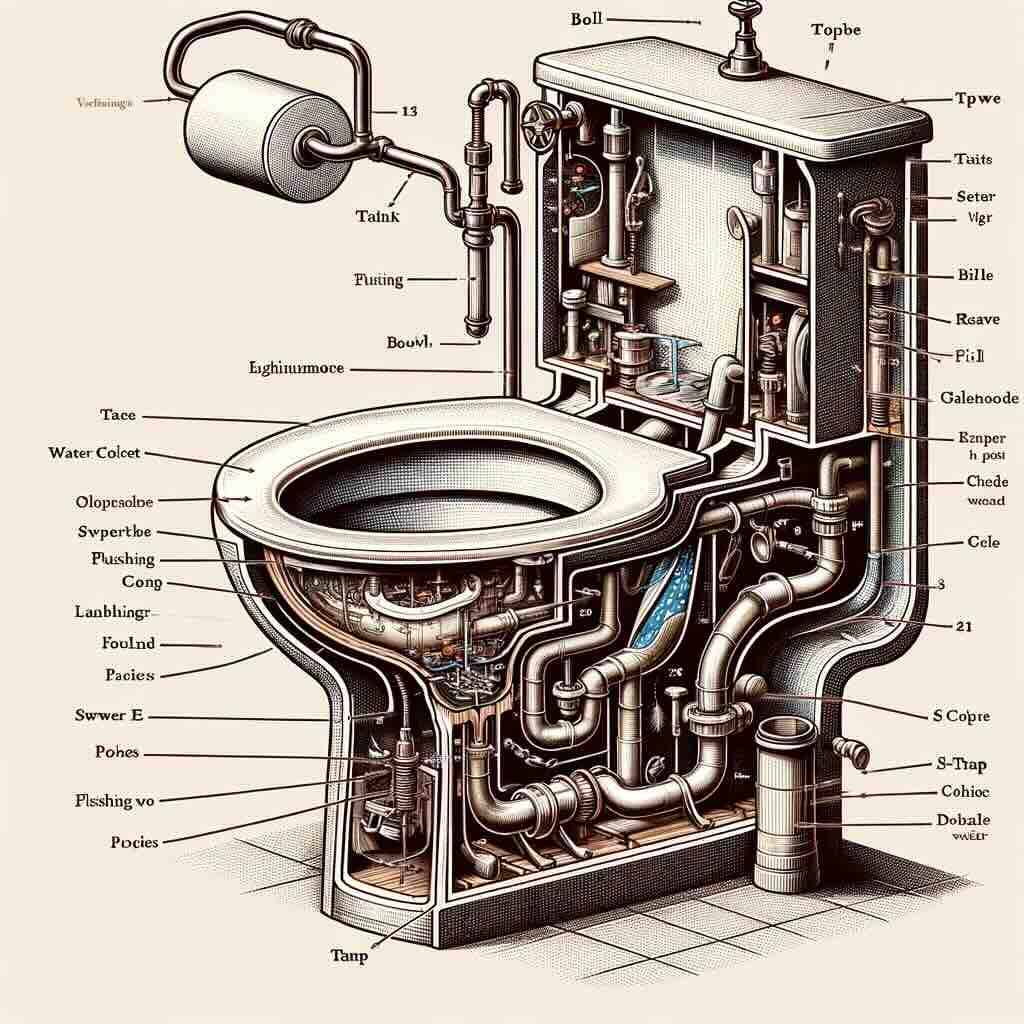
1778
Joseph Bramah, an English inventor, improved Harington and Cumming’s designs by adding a hinged flap that sealed the bottom of the bowl and a sliding valve in the water supply system.
His idea, more reliable and with better sealing capabilities, made it an early commercial success in public facilities.
Thomas Crapper (late 19th Century)
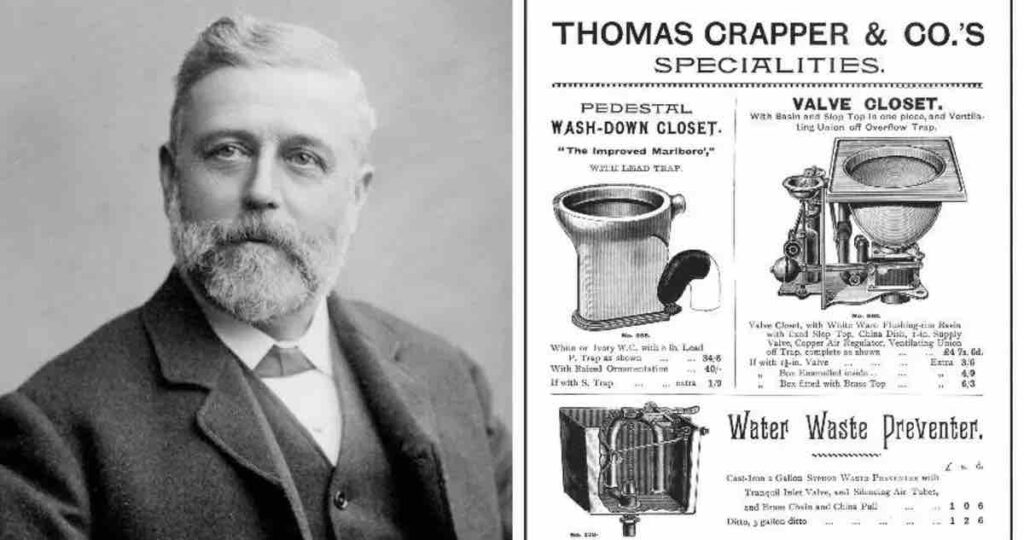
Although Crapper did not invent the WC, he brought major improvements, including a pull-chain mechanism and an efficient water cistern. At the same time, as a vigorous advocate for sanitary plumbing, he dedicated his life to improving city sewage systems.
But his most significant contribution was promoting the flush toilet to a broader audience.
He founded Thomas Crapper & Co. in London, which became one of the largest pipework and engineering firms in England.
Through his showrooms, the first of their kind, he showcased and sold flush toilets, which helped raise public awareness regarding sanitation and wastewater systems.
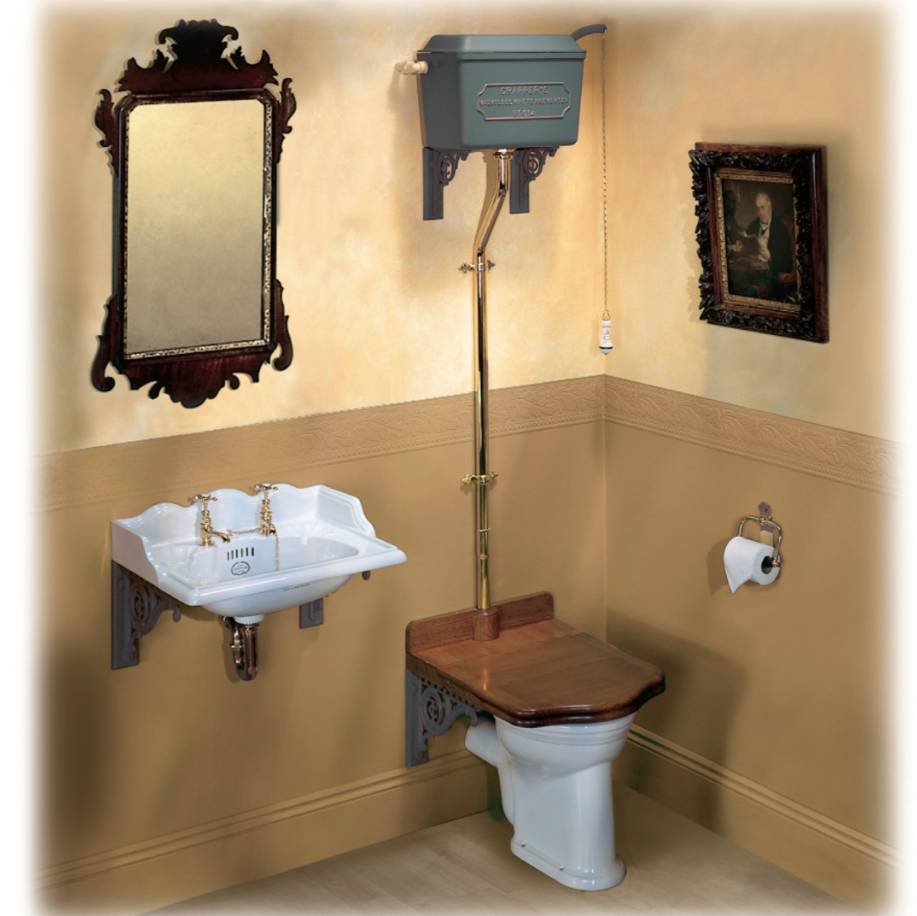
Another Crapper’s game-changer was the ballcock, a valve that regulates the flow into the tank with a ball that rises and falls at the water level. Crapper’s version provided a more reliable and efficient way to refill the toilet cistern after each flush, preventing overflow and ensuring a consistent waterline.
Thomas Crapper enjoyed trust and credibility amongst royals, and this association bolstered the public’s confidence in his products and innovations.
From Outdoors to Indoors
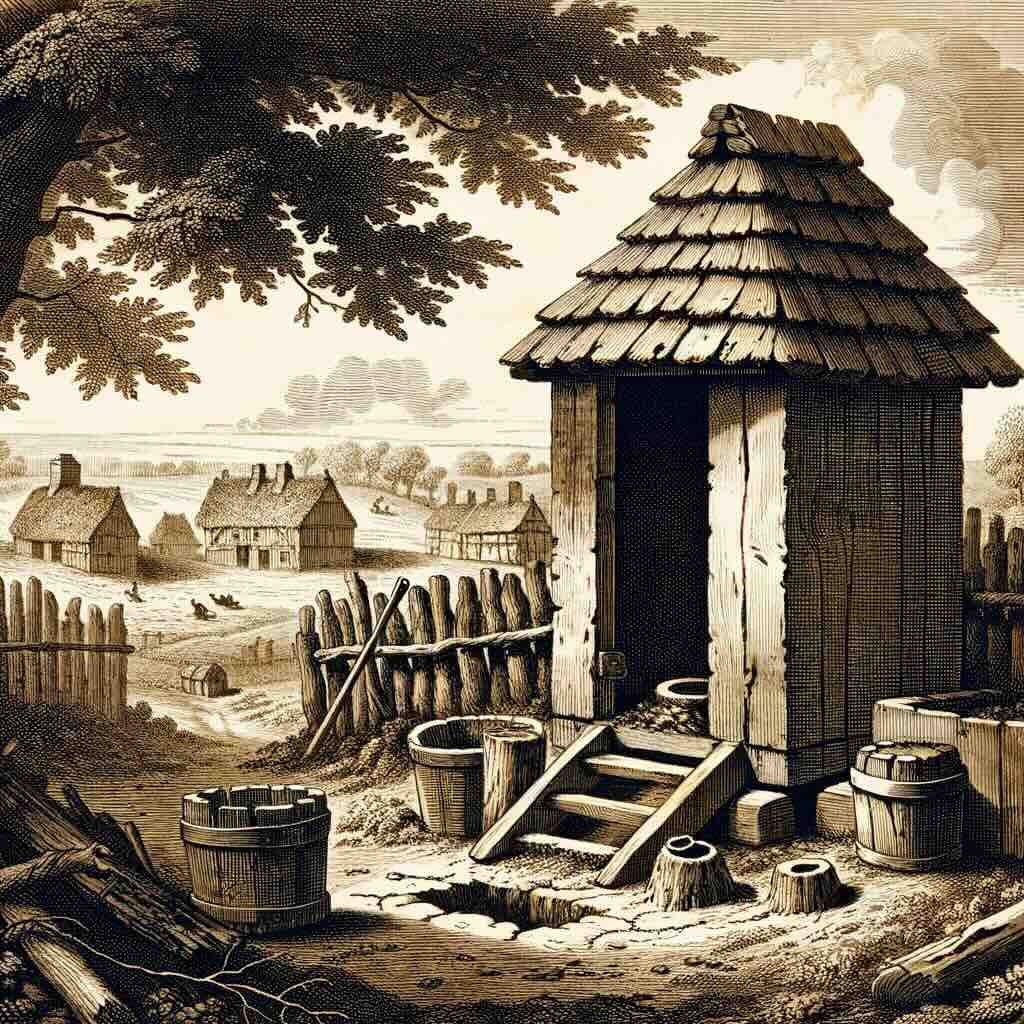
As toilets began their migration from the backyard privy to a designated room within the home, a few challenges emerged.
One of the primary hurdles was the integration of indoor plumbing into old structures. Retrofitting those buildings with pipes and water systems turned out to be not only a technical challenge but a significant financial burden for homeowners.
Moreover, public acceptance didn’t make it easy. The idea of bringing an unclean and malodorous facility inside the home was met with scepticism and aversion.
Overcome these cultural stigmas required a shift in mindset.
The management and disposal of waste became another obstacle. In cities where sewer systems were not fully developed, the risk of leaks, blockages, and overflow presented significant public health concerns.
But It Happened Despite the Obstacles
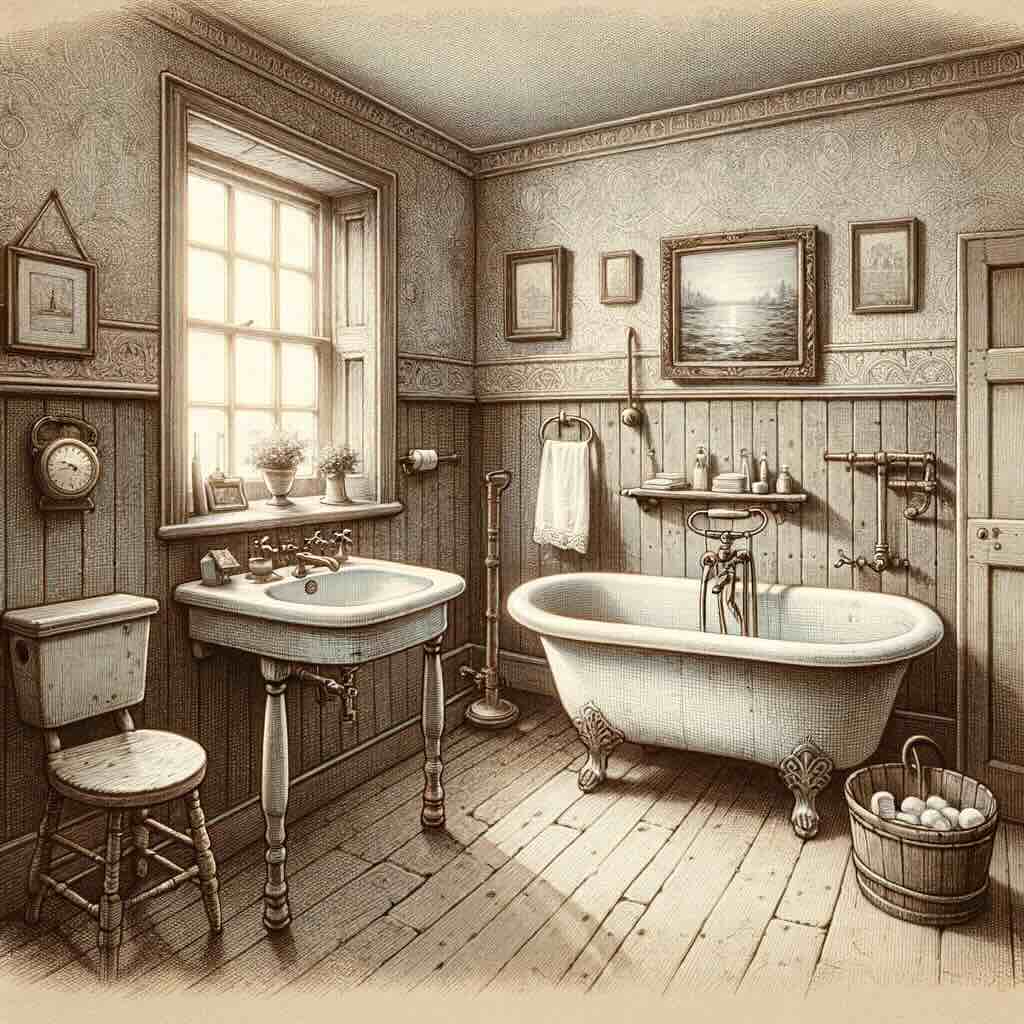
Toilets moved to the inside of homes around 1850.
In mid-class houses, integral water closets were installed in the 1860s and 1870s on the principal bedroom floor. For big mansions, an additional one was placed outside the kitchen for gardeners and staff working with the horses.
Before introducing indoor toilets, people used chamber pots under their beds at night and then disposed of their contents in the morning, known as slopping out. In the Victorian era, housemaids gathered all the house’s ‘potties’ and took them to a room called ‘the housemaid’s cupboard.’
After British houses enjoyed running water and flush toilets, servants were given their own lavatory downstairs, away from the family’s one.
Interesting Fact
The custom of dumping one’s own chamber pot continued in UK prisons until 2014 and is still in use in 85 cells in the Republic of Ireland.
This campaign in England, driven by activists and reformers such as Edwin Chadwich and John Snow, marked a pivotal period in public health and urban planning. Their work focused on reducing the prevalence of waterborne diseases such as cholera and typhoid.
Edwin Chadwich’s Contribution
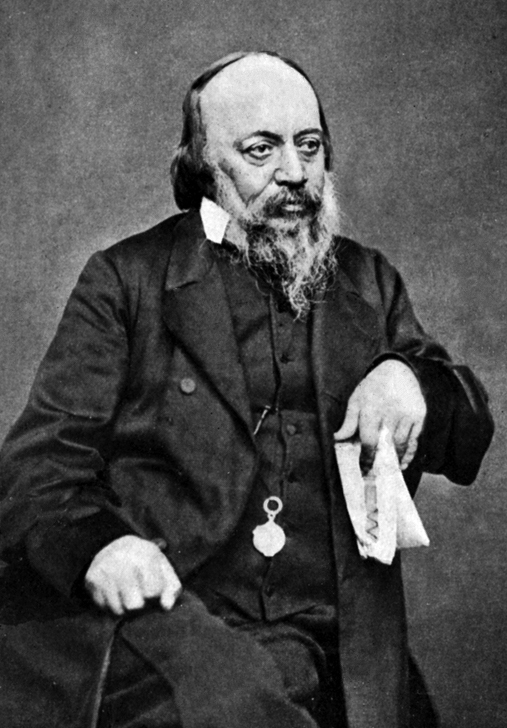
His 1842 report, “The Sanitary Conditions of the Labouring Population,” highlighted the appalling quality of life in Britain’s cities and the correlation between poor sanitation and disease.
Chadwick advocated for centralised sewer systems, the provision of clean water, and proper waste removal.
He argued that these improvements would not only reduce diseases but also be beneficial in the long run by reducing medical costs and increasing the productivity of the workforce.
John Snow: Understanding the Cholera

As a physician, he made ground-breaking contributions to learning about cholera transmission.
During the 1854 Broad Street outbreak in London, Snow mapped the cholera cases and could trace the source of the epidemic to a contaminated public water pump.
He disproved the popular belief that diseases spread through polluted air by providing convincing evidence that cholera was a waterborne illness.
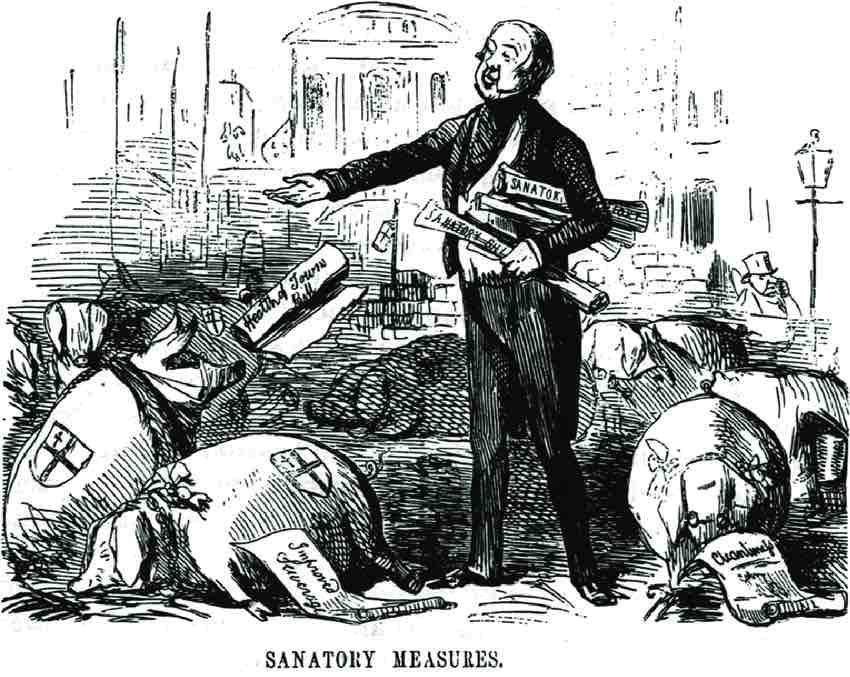
The work of Chadwick, Snow, and others in the Sanitary Movement led to widespread recognition of the importance of sanitation, prompting the adoption of improved hygienic facilities in homes and public buildings.
Their advocacy, instrumental in the development of extensive sewer systems in major cities, contributed to the Public Health Act of 1848 and the Metropolitan Sanitary Act of 1855 in England.
Those legislative milestones led to significant governmental investment in drainage construction, reducing the incidence of waterborne diseases by diverting waste away from water sources and ensuring a clean supply.
Impact of Global Wars

Both World War I and World War II were periods of intense industrial development as nations sought to innovate and manufacture weapons supplies efficiently.
And these innovations spilt over into civilian technologies.
Factories that had been adapted for wartime manufacturing found that their improved processes and materials could apply to the mass production of household items, including plumbing fixtures and toilets.
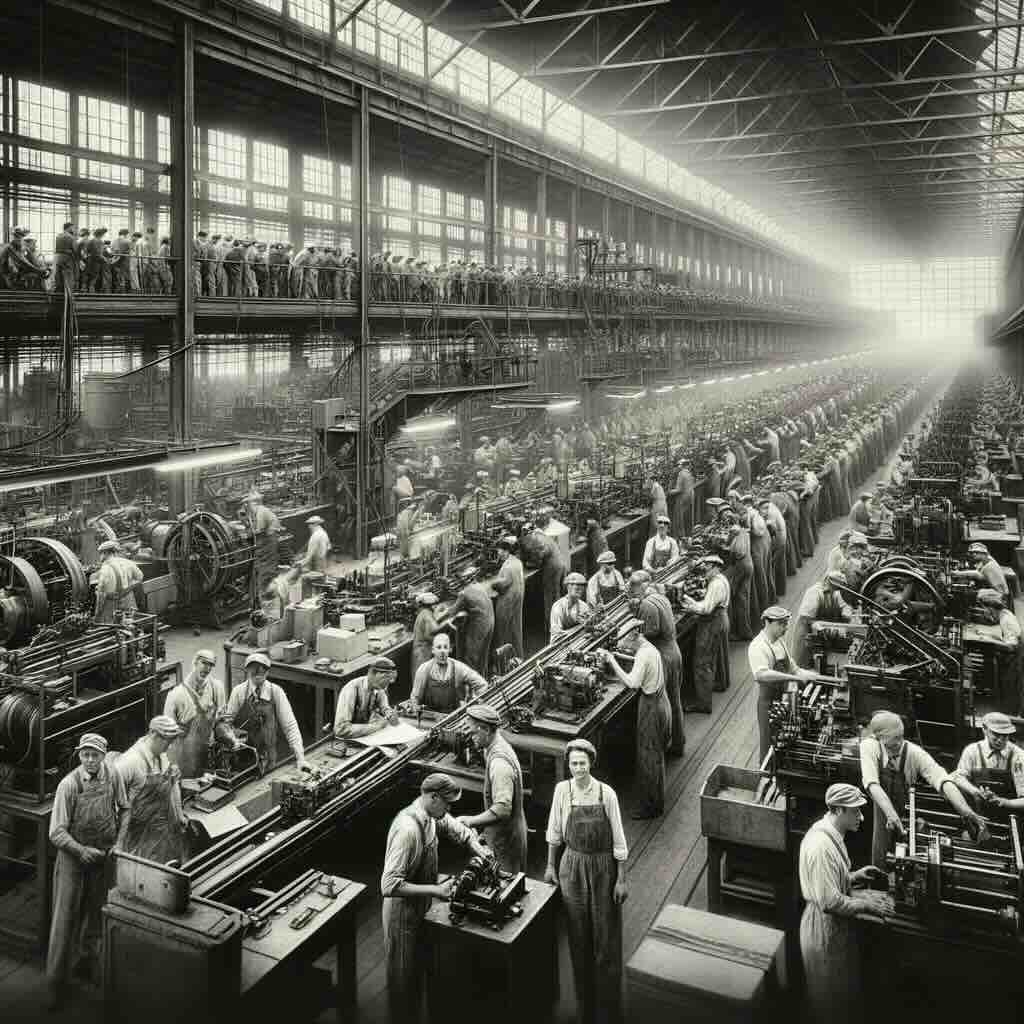
The extensive destruction caused by the wars needed a massive reconstruction effort, not only in rebuilding damaged buildings but also in modernising infrastructure. Several cities and towns seized this opportunity to install or upgrade sewer systems and indoor plumbing.
Apart from that, the post-war era witnessed a surge in urbanisation and housing developments, many of which included amenities like pipework as standard features.
The construction of new homes and apartments with bathrooms contributed to the spread of flush toilets.
Toilets in the 21st Century
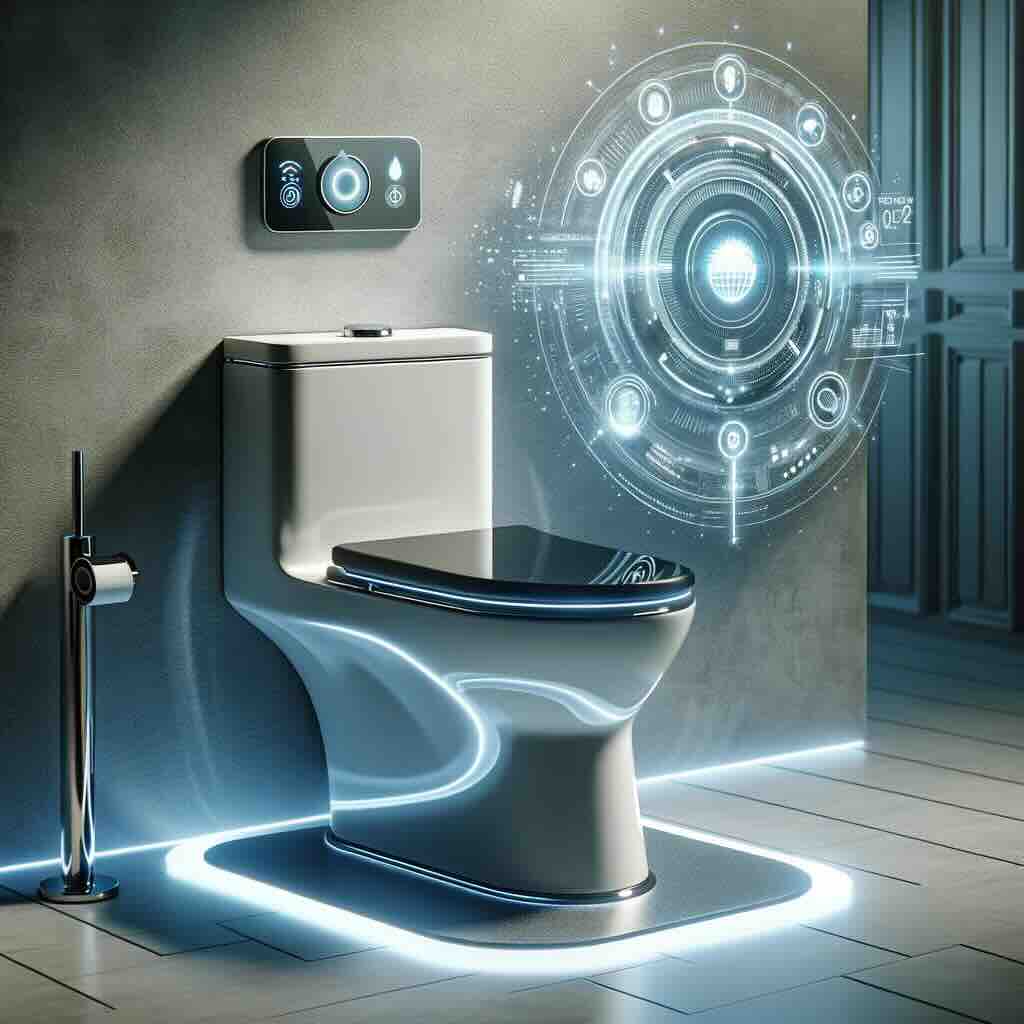
Modern loos are no longer just sanitary facilities; they are becoming sophisticated, eco-friendly, and tech-integrated solutions.
One notable advancement is the introduction of smart water closets.
These state-of-the-art devices come equipped with self-cleaning surfaces, automatic flushing, touchless technology, bidets with adjustable water temperature and pressure, air dryers, and seat warmers.
We can likewise hope to see more designs that minimise water usage or even drop the need for the liquid altogether. Technologies including vacuum-assist flush systems, similar to those used in aeroplanes, could become more common in household bathrooms.
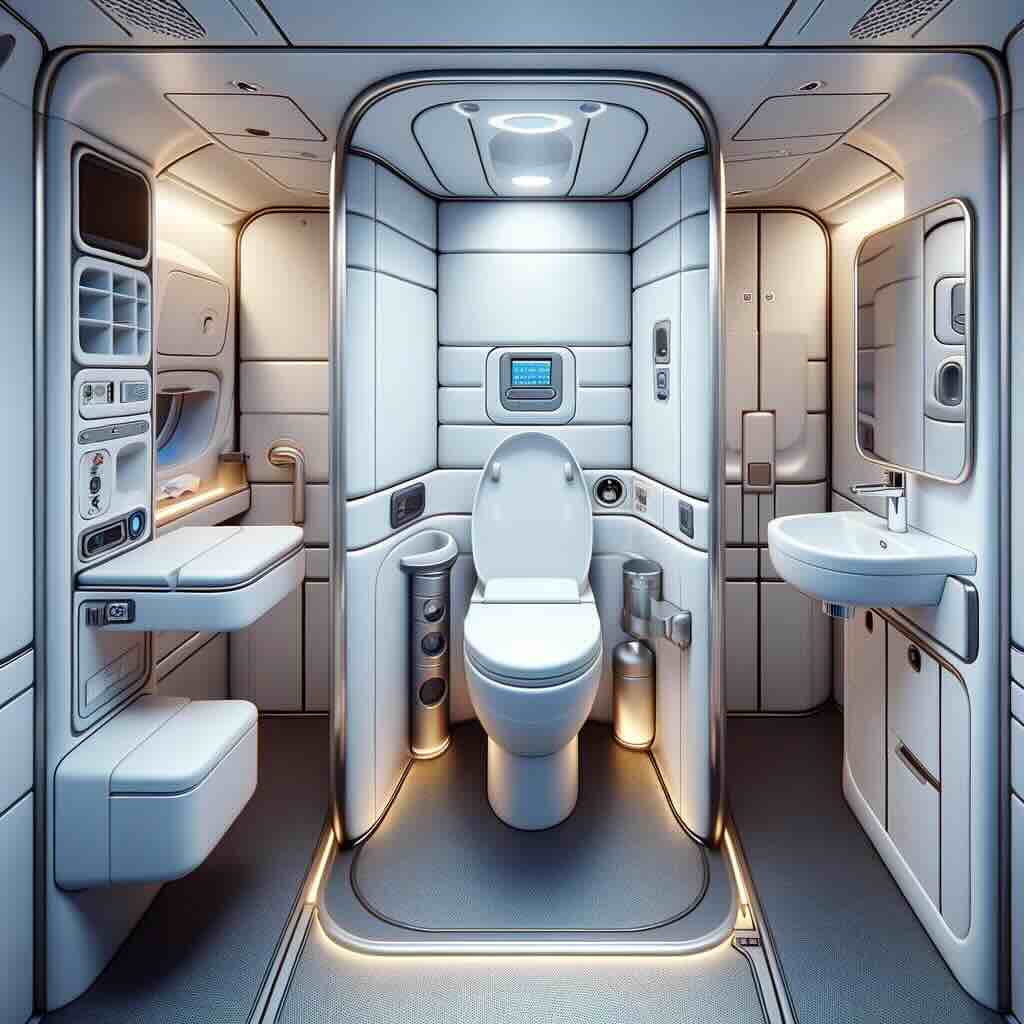
In terms of design, future toilets are expected to be more compact and aesthetically pleasing. Besides, integrating the Internet of Things will enable sanitary units to connect with other smart home devices, offering a more integrated and efficient management system.
This story is not just about technological advancement; it’s a narrative of societal transformation.
The toilet’s evolution from the communal latrines of Roman times to the privacy of modern bathrooms underscores the individual’s right to dignity. Each stage in this process has not only improved our daily lives but also played a pivotal role in shaping public health, urban planning, and environmental consciousness.
And as we continue to innovate and evolve, the toilet will for sure be there, advancing alongside us, an unassuming yet powerful symbol of human progress.
